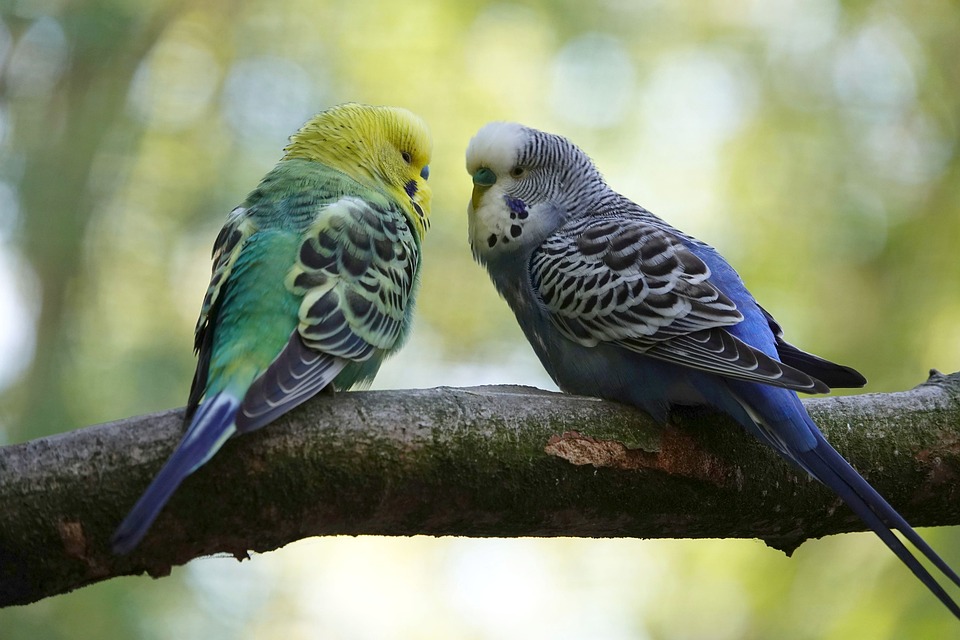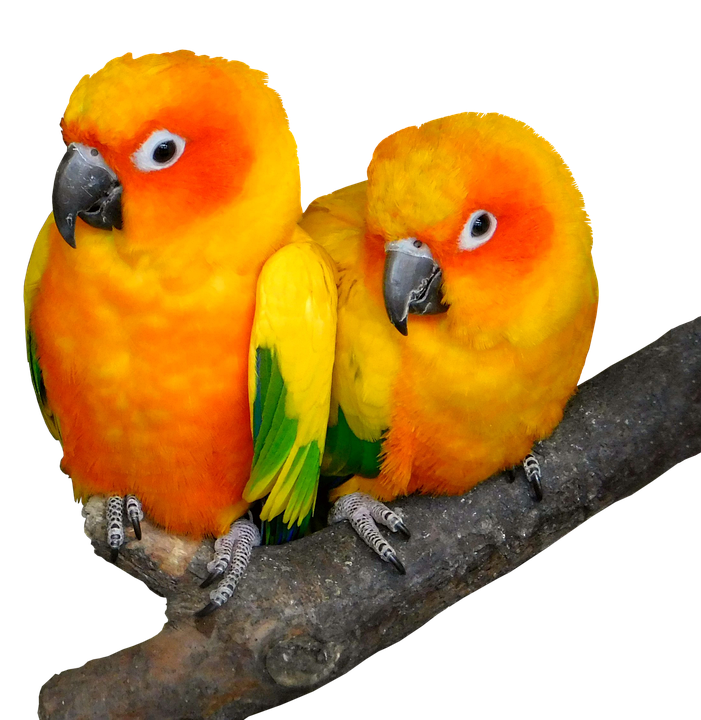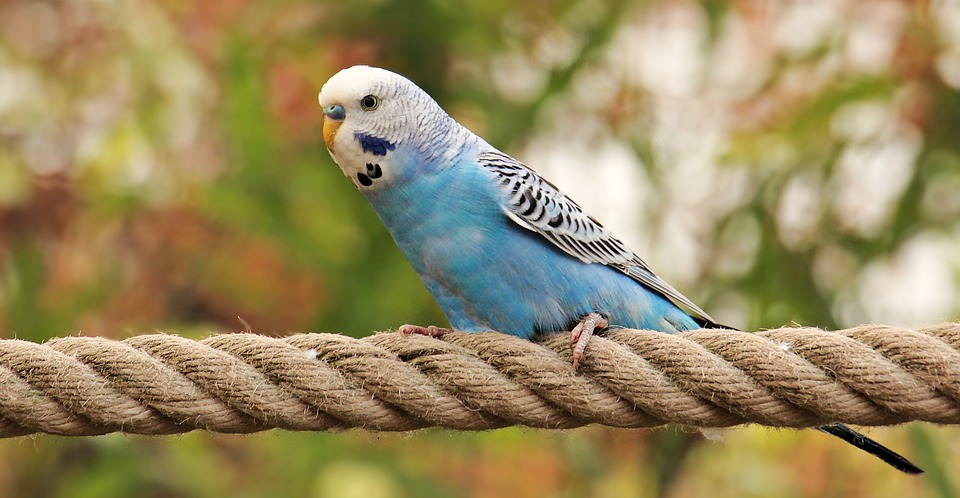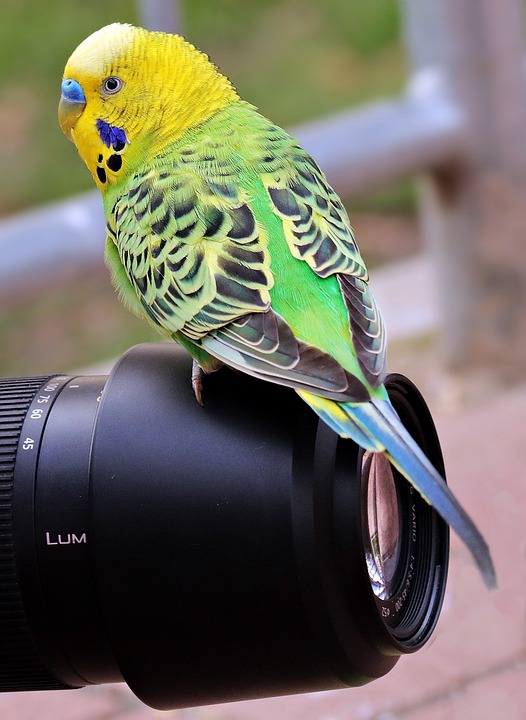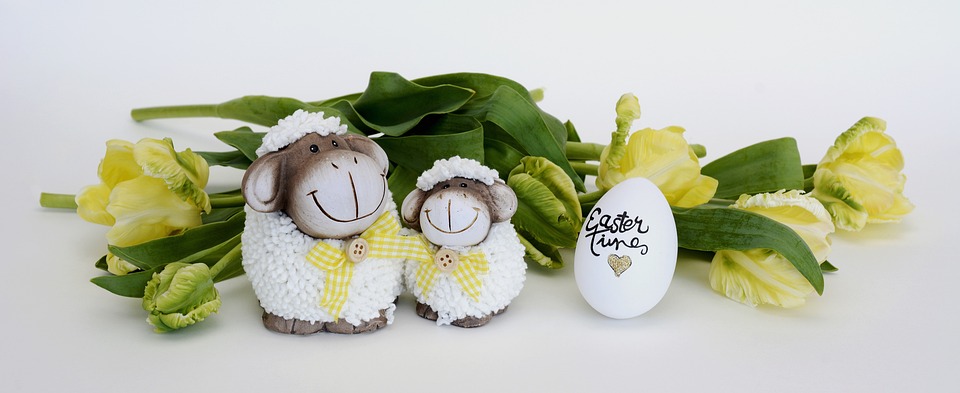Parrots are highly intelligent and social creatures that require mental stimulation and physical activity to thrive. One effective way to keep your feathered friend entertained and engaged is by promoting interactive play with various textures and materials. By providing your parrot with a range of toys and objects that offer different tactile experiences, you can enhance their overall well-being and help prevent boredom. In this article, we will explore the importance of interactive play for parrots and provide practical tips on how to promote it using different textures and materials.
Why Interactive Play is Essential for Parrots
Parrots in the wild spend a significant portion of their day foraging, exploring their surroundings, and engaging in social interactions with their flock. When kept as pets, parrots still possess these natural instincts and require outlets for their innate behaviors. Interactive playtime not only keeps your parrot physically active but also mentally stimulated, preventing the development of destructive behaviors that can arise from boredom.
By incorporating different textures and materials into your parrot’s play routine, you can offer a diverse range of sensory experiences that mimic their natural environment. This variety keeps their curious minds engaged and encourages exploration and problem-solving skills.
Promoting Interactive Play with Different Textures and Materials
1. Introduce Toys with Varied Textures: Parrots are naturally inclined to investigate objects using their beaks and feet. Therefore, providing toys with different textures can be highly stimulating. Consider offering toys made of wood, rope, leather, or even hard plastics. Ensure that the materials used are non-toxic and safe for your parrot to interact with.
2. Rotate Toys Regularly: To maintain your parrot’s interest, it’s important to rotate their toys regularly. This prevents them from becoming bored with a particular texture or material. Introduce new toys and retire older ones to keep their playtime exciting and engaging.
3. Create DIY Foraging Toys: Parrots have a natural instinct to forage for their food. Enhance their playtime by creating DIY foraging toys using different textures and materials. For example, you can stuff a cardboard box with crumpled paper, wooden blocks, or fabric scraps, encouraging your parrot to explore and find hidden treats.
4. Use Puzzle Toys: Puzzle toys provide mental stimulation by challenging your parrot to solve problems. Look for puzzle toys made of various materials, such as plastic, wood, or acrylic, which require your parrot to manipulate different textures to access treats or rewards.
5. Incorporate Natural Elements: Parrots have an affinity for natural elements, such as branches, leaves, and bark. Introduce these textures into their playtime by providing untreated, bird-safe branches or offering toys made from natural materials like coconut shells or palm fronds.
FAQs about Promoting Interactive Play with Different Textures and Materials for Parrots
1. How often should I rotate my parrot’s toys?
– It’s recommended to rotate your parrot’s toys every week or two. This timeframe ensures that your parrot doesn’t get bored with their toys while still allowing them to form attachments and explore them thoroughly.
2. Can I use household items as toys for my parrot?
– While some household items may be safe for parrots to interact with, it’s crucial to ensure they are non-toxic and free from any potential hazards, such as small parts that could be swallowed. It’s generally safer to opt for toys specifically designed for parrots.
3. How can I encourage my parrot to play with new toys?
– Parrots are naturally curious creatures but may be initially wary of new toys. Encourage play by demonstrating interest in the toy yourself, interacting with it, or placing treats near it to pique their curiosity. Over time, your parrot will likely become more comfortable and eager to explore the new toy.
4. Are there any textures or materials I should avoid?
– It’s important to avoid toys or materials that may pose a choking hazard or contain toxic substances, such as lead or zinc. Additionally, stay away from sharp or rough textures that could injure your parrot. Always opt for toys and materials specifically designed for parrot use.
In conclusion, promoting interactive play with different textures and materials is vital for the well-being of your parrot. By providing a diverse range of toys and objects that offer various tactile experiences, you can keep your feathered friend mentally stimulated, physically active, and happy. Remember to always prioritize your parrot’s safety by choosing bird-safe materials and rotating their toys regularly.



